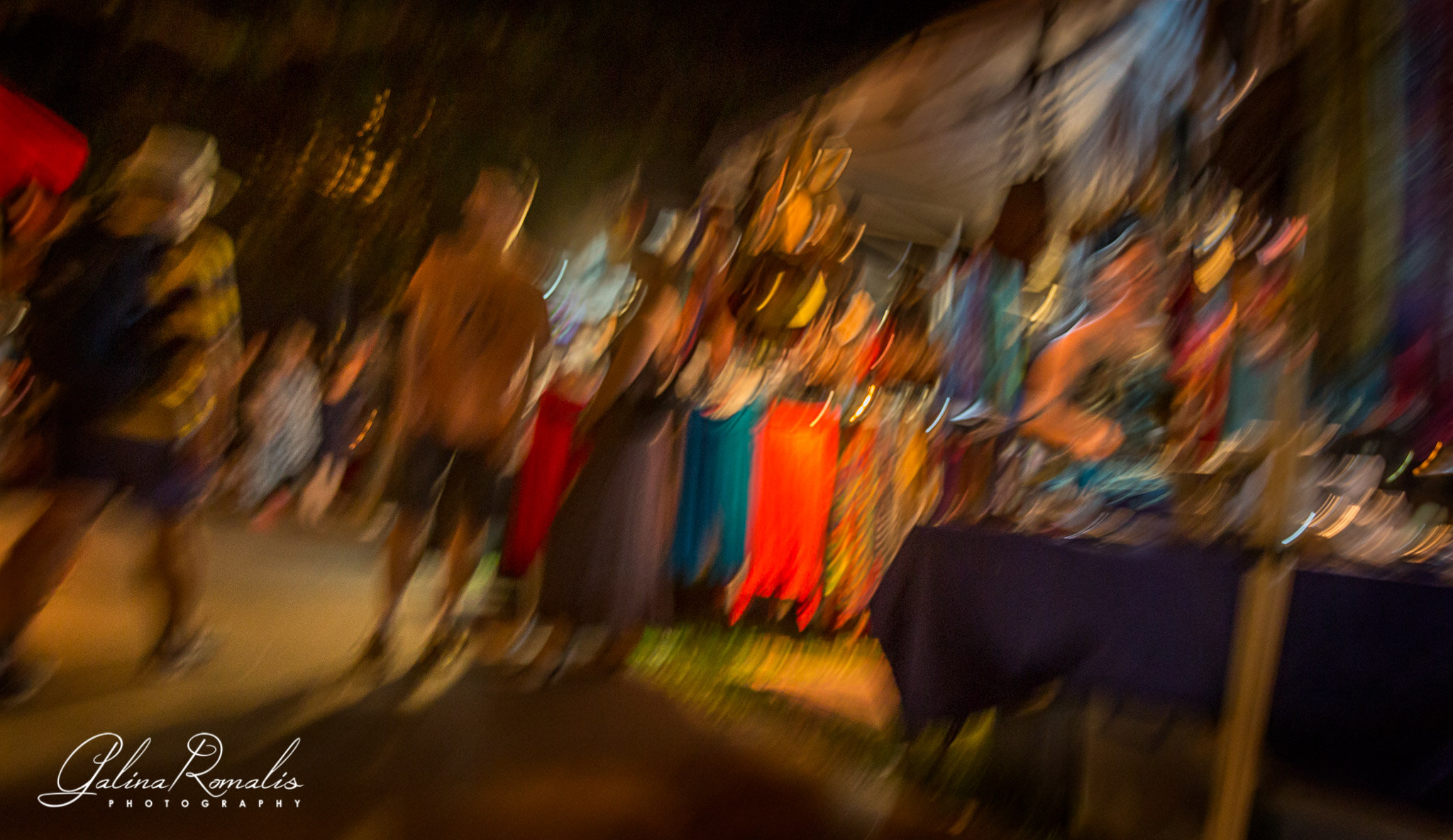ICM - intentional camera movement, defined in Wikipedia as: "... a camera is moved during the exposure for a creative or artistic effect. This causes the image points to move across the recording medium, producing an apparent streaking in the resulting image."
It's not my usual technique, however over the weekend a group of togs has been challenged to try it just as an exercise. Thanks for the inspiration Seng Mah, it was fun!
I had a go in my garden and also went to Hillarys boat harbor for a quick shoot.
Finished up with images of boats and houses as I've never seen them before. Also got a picture of a lighthouse lifting off into the sky. Yet my favourite was the image of kite-surfers off a beach nearby.
















